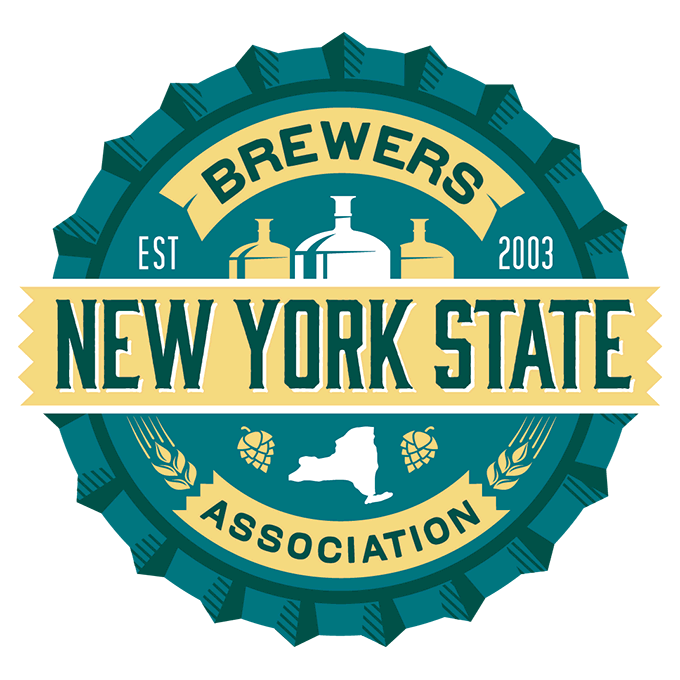
As you all are aware, beer is comprised of 90-95% water. One needs to begin with good water in order to create great beer. Do not overlook thorough and proper water pre-treatment. There are varying viewpoints on treating municipal and well water prior to the brew house. Just like there are differing approaches to brewing beer. The following are what I believe to be key issues to consider regarding your water.
Do not underestimate the importance of turbidity/sediment reduction. One of the largest contributing factors to premature filtration failure is water main breaks which allow dirt, silt and fine clay to undermine your carbon filtration. If you have ever stepped in moist clay, you are probably familiar with how difficult it is to remove from your shoes. Thus consider your carbon as compromised after a water main break if you do not have sediment filtration. The climate in New York and our aging infrastructure are a recipe for a disastrous day/week(s).
Secondly, carbon filtration is necessary to remove chlorine that can affect the taste of beer. The desired flow rate to the brew house is the critical factor in properly sizing a carbon filtration system. Back flushing carbon tanks are widely used. However, at flow rates above 15 GPM they become very large in physical size and costly. They also occasionally need to be rebedded which can be quite a project on tanks that are a couple of feet in diameter and taller than the average person. Another consideration is the additional water that is sent to a drain during the back flushing. Regeneration cycles can last more than 10 minutes and send 25-50 GPM to drain. Recently, a new disposable filter technology was introduced. A single 8” x 40” carbon filter can dechlorinate 250,000 gallons @ 15 GPM. These can be plumbed in parallel to achieve flow rates in 15 GPM increments.
Chloramine is a second form of municipal disinfection, although its use is limited in New York. Chloramine is formed by adding ammonia to chlorine. Please note: standard activated carbon will not remove chloramine. Catalytic carbon is the only way to remove chloramine. A quick phone call to your local water department/authority can determine if chloramine is being used or if they are planning on switching in the near future.
Post dechlorination disinfection is advisable. This can be accomplished with an ultraviolet light. Most UV systems have an alarm to sound an alert upon bulb failure. UV lamps are diabolically engineered to last approximately 9000 hours which coincidentally is almost exactly one year. Always keep a spare lamp on hand.
The majority of New York State water is of superior quality and simply needs the aforementioned pre-treatment. However, occasionally it is necessary to employ reverse osmosis (RO) to treat particularly troublesome water. RO is a highly efficient purification process that rejects 98%+ of ions other than the hydrogen and oxygen. This pure water can be blended with tap water to achieve the desired water profile, although most would prefer to build their own water profile from the pure RO water.
In conclusion, have your water tested and become familiar with the components that are undesirable for brewing and be sure to properly size your pre-treatment system to the desired flow rate.